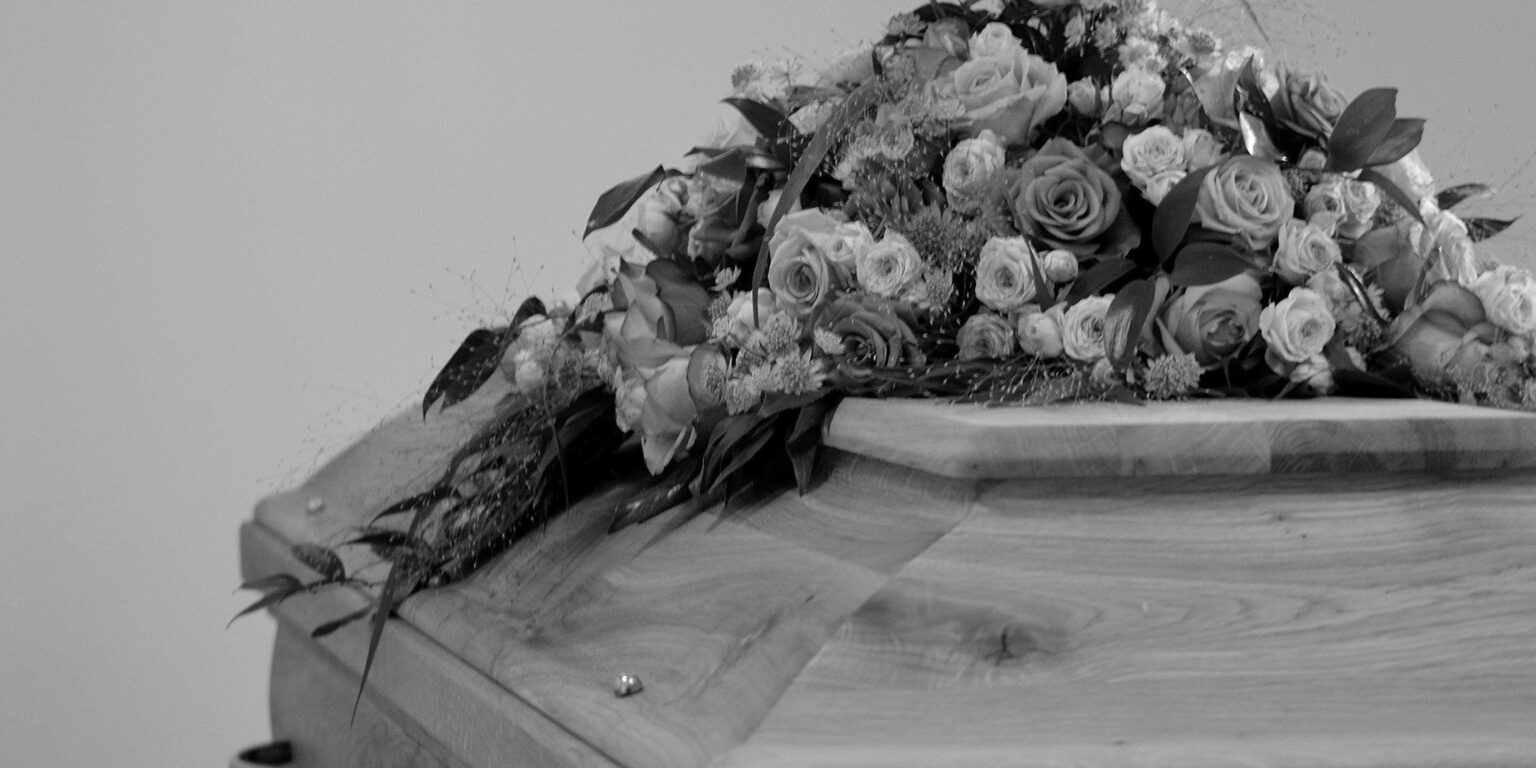In the quiet corners of our lives, where words falter, flowers speak. They carry with them a silent language, an eloquent expression of our emotions. Funeral flower arrangements have long held a significant place in our traditions, serving as a tender farewell to the departed and a source of comfort to the grieving. Yet, like all forms of expression, the language of flowers evolves over time. Let’s take a journey through the ever-changing trends in funeral flower arrangements and the powerful symbolism they convey.
The Tradition of Funeral Flowers
The tradition of adorning a loved one’s final resting place with flowers is as ancient as human civilization itself. It is believed to date back to the ancient Egyptians, who placed flowers, herbs, and even scented oils in burial chambers. Over centuries, this practice has evolved into a universal way of honoring the deceased and offering solace to the bereaved.
Evolving Floral Trends
In recent years, funeral flower arrangements have witnessed a shift away from the somber and traditional to more personalized and celebratory expressions of a life well-lived. Here are some notable trends:
- Colorful Celebrations: While white and subdued colors were once the norm, many people are now embracing vibrant, cheerful hues in funeral flowers. These colorful arrangements celebrate the joy and vitality of the departed’s life, serving as a testament to their vibrant spirit.
- Customization: Personalization has become a central theme in funeral flowers. Families are increasingly opting for arrangements that reflect the unique interests, hobbies, and passions of the deceased. From golf-themed floral designs to bouquets inspired by a favorite book, these arrangements tell a story of the person’s life.
- Sustainable Choices: As environmental awareness grows, there is a rising trend toward eco-friendly funeral flowers. Biodegradable arrangements made from natural materials like bamboo, jute, and recycled paper are gaining popularity, allowing loved ones to pay their respects without leaving a lasting environmental footprint.
Symbolism in Funeral Flowers
The language of flowers, also known as floriography, is a silent means of communication that conveys sentiments, emotions, and wishes. Each bloom carries its own unique symbolism, adding depth to the message conveyed through funeral flowers. Here are some popular choices and their meanings:
- Lilies: These elegant blooms symbolize the restoration of innocence and the departed’s return to a state of purity after death.
- Roses: Depending on the color, roses can convey a range of emotions. Red roses represent love and respect, while white roses symbolize reverence and purity.
- Carnations: These flowers express deep love and affection. Pink carnations often symbolize remembrance, making them a fitting choice for funerals.
- Chrysanthemums: In many cultures, chrysanthemums are associated with honoring the dead and are often used in funeral flower arrangements.
- Forget-Me-Nots: True to their name, these delicate blue flowers represent lasting memories and the enduring connection with the departed.
- Orchids: Orchids symbolize eternal love and beauty, making them a meaningful choice for honoring a loved one’s memory.
Personal Touches in Funeral Flowers
One of the most heartwarming trends in funeral flower arrangements is the inclusion of personal mementos. Families often choose to add small tokens, such as photographs, letters, or trinkets, amidst the blooms. These personal touches create a deeply intimate connection between the departed and their loved ones, turning the floral arrangement into a unique and cherished memorial.
Tradition and innovation coexist harmoniously, in the world of funeral flower arrangements. The evolving trends in colors, customization, and eco-conscious choices reflect the changing needs and desires of grieving families. Through the silent language of flowers, we find solace, support, and the enduring beauty of love and remembrance.
As we navigate the ever-shifting landscape of life’s final chapter, funeral flowers remain a timeless tribute, bridging the gap between the living and the departed. They remind us that even in our deepest sorrow, the beauty of love and memory can bloom, offering comfort, healing, and a silent farewell.

